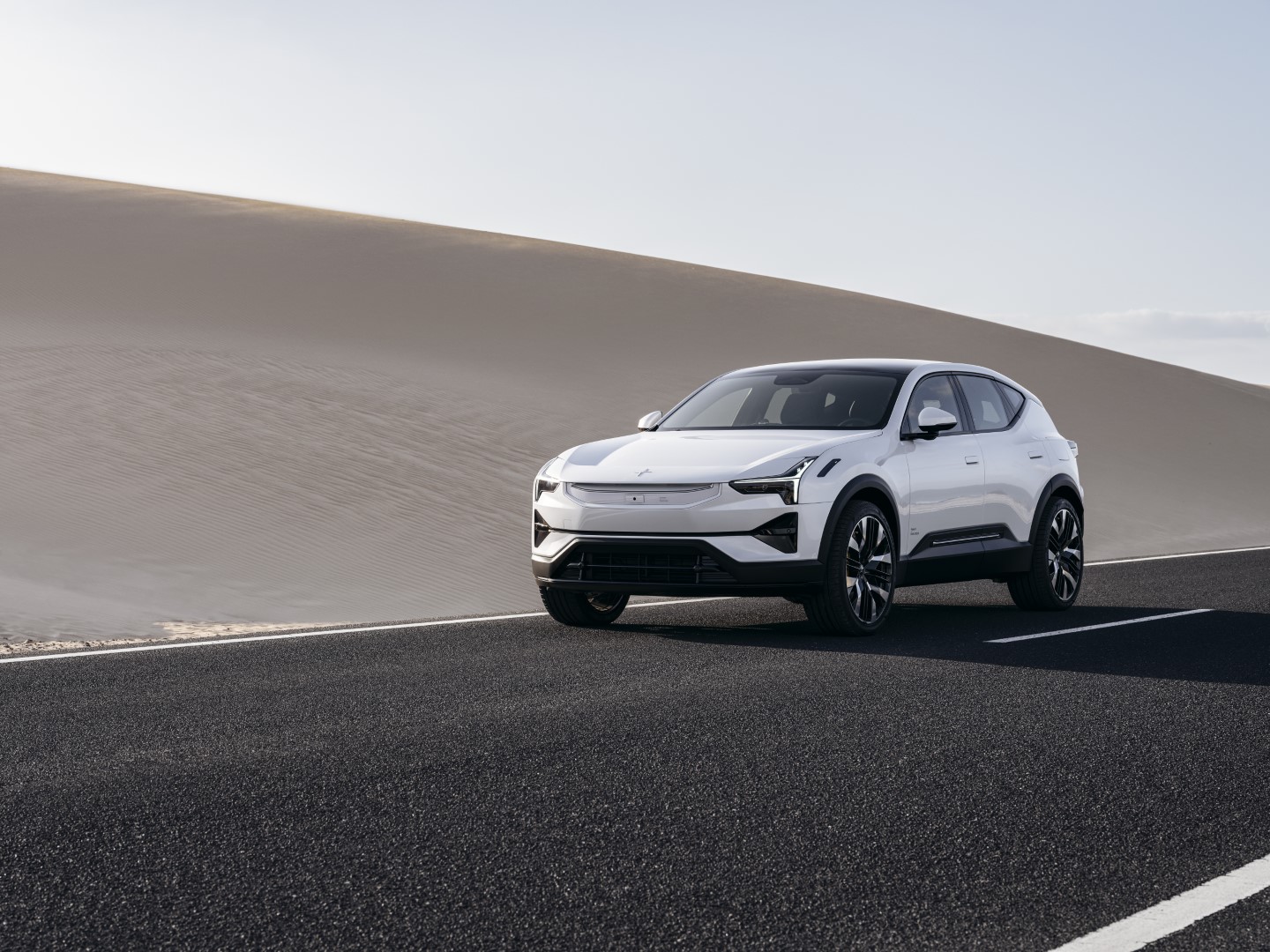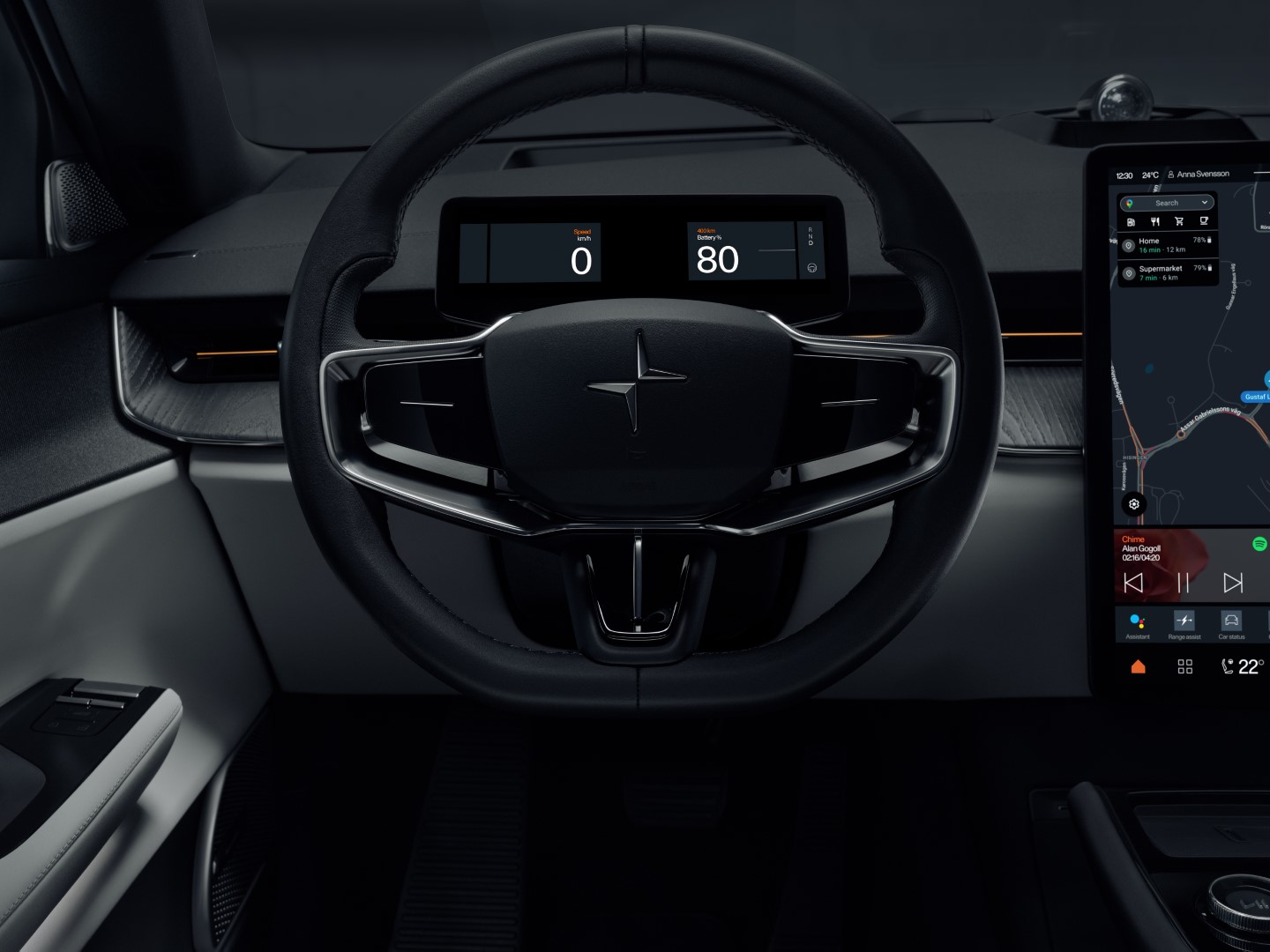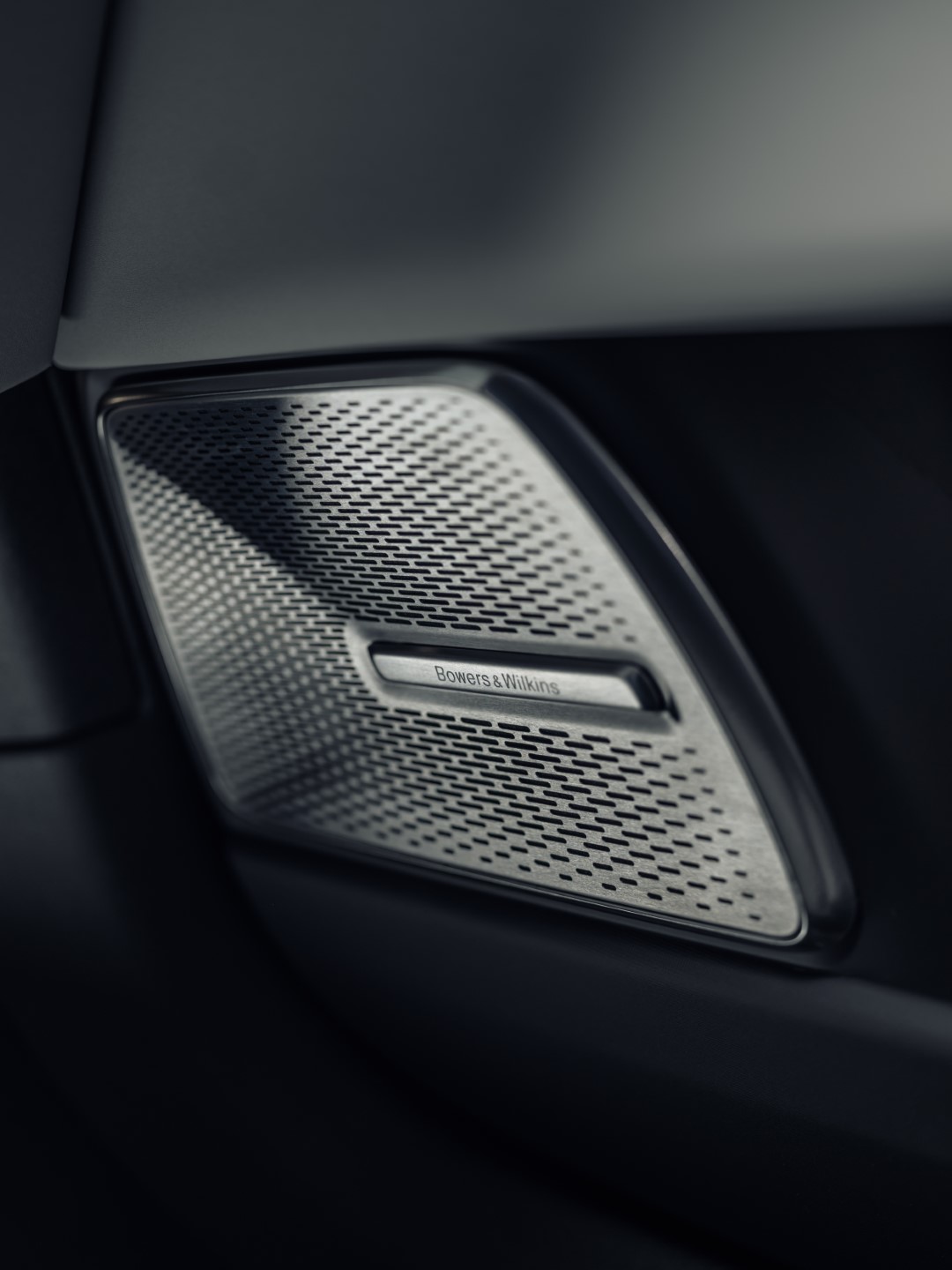Polestar reveals its first SUV called the Polestar 3 - 610km range, 500 hp, 840 Nm
The electric SUV comes with a long list of safety tech by Volvo
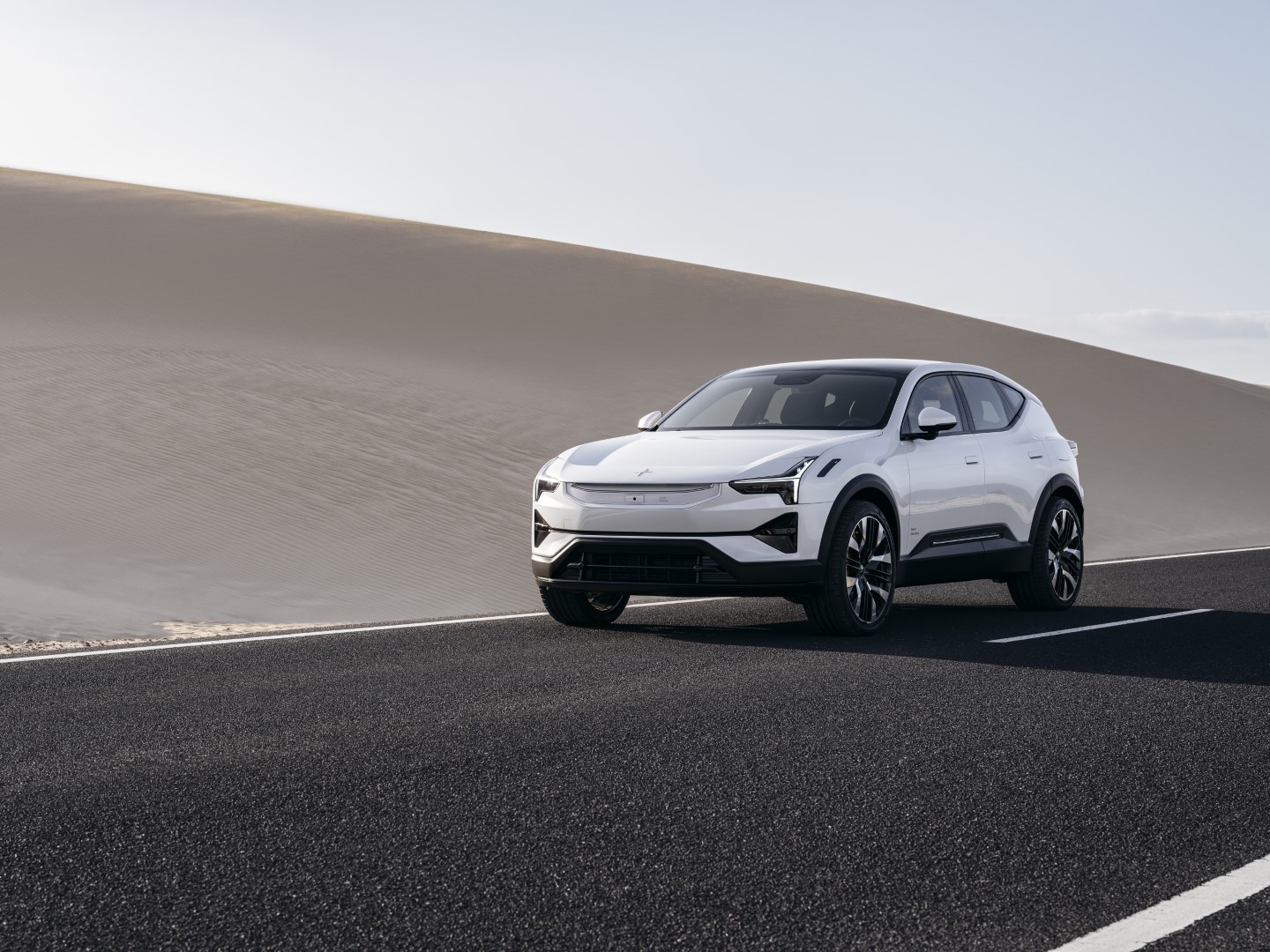
Following the successful debut of the Polestar 1 and Polestar 2, the EV manufacturer has officially revealed the Polestar 3 electric performance SUV.
On the exterior, highlights include a front aero wing that is integrated into the bonnet, an aero wing integrated into the rear spoiler, and also rear aero blades.
Inside the cabin, the materials used include bio-attributed MicroTech, animal welfare-certified leather and fully traceable wool upholsteries.
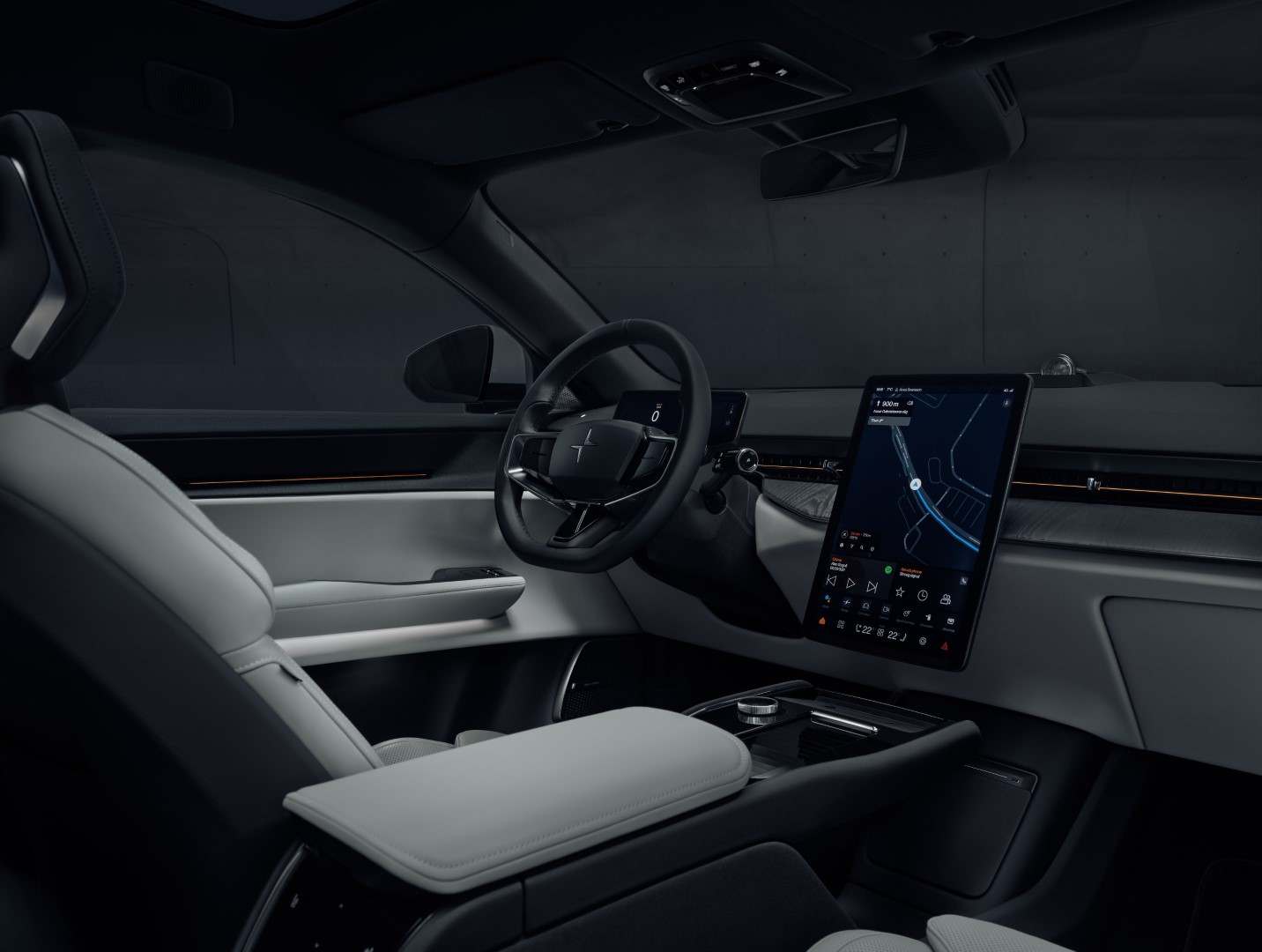
In line with Polestar’s commitment to transparency, a complete life-cycle assessment (LCA) will be completed on Polestar 3 when production begins. Subsequent assessments will follow through its life cycle and work will continue to constantly find ways of reducing its carbon footprint.
Polestar 3 is the first car from Polestar to feature centralised computing with the Nvidia Drive core computer, running software from Volvo Cars. Serving as the AI brain, Nvidia’s high-performance automotive platform processes data from the car’s multiple sensors and cameras to enable advanced driver-assistance safety features and driver monitoring.
Where safety is concerned, the Polestar 3 carries next-generation advanced active and passive safety technology from Volvo Cars, such as the interior radar sensors that can detect sub-millimetre movements in the interior of the car, which is also linked to the climate control system to avoid heat stroke or hypothermia.
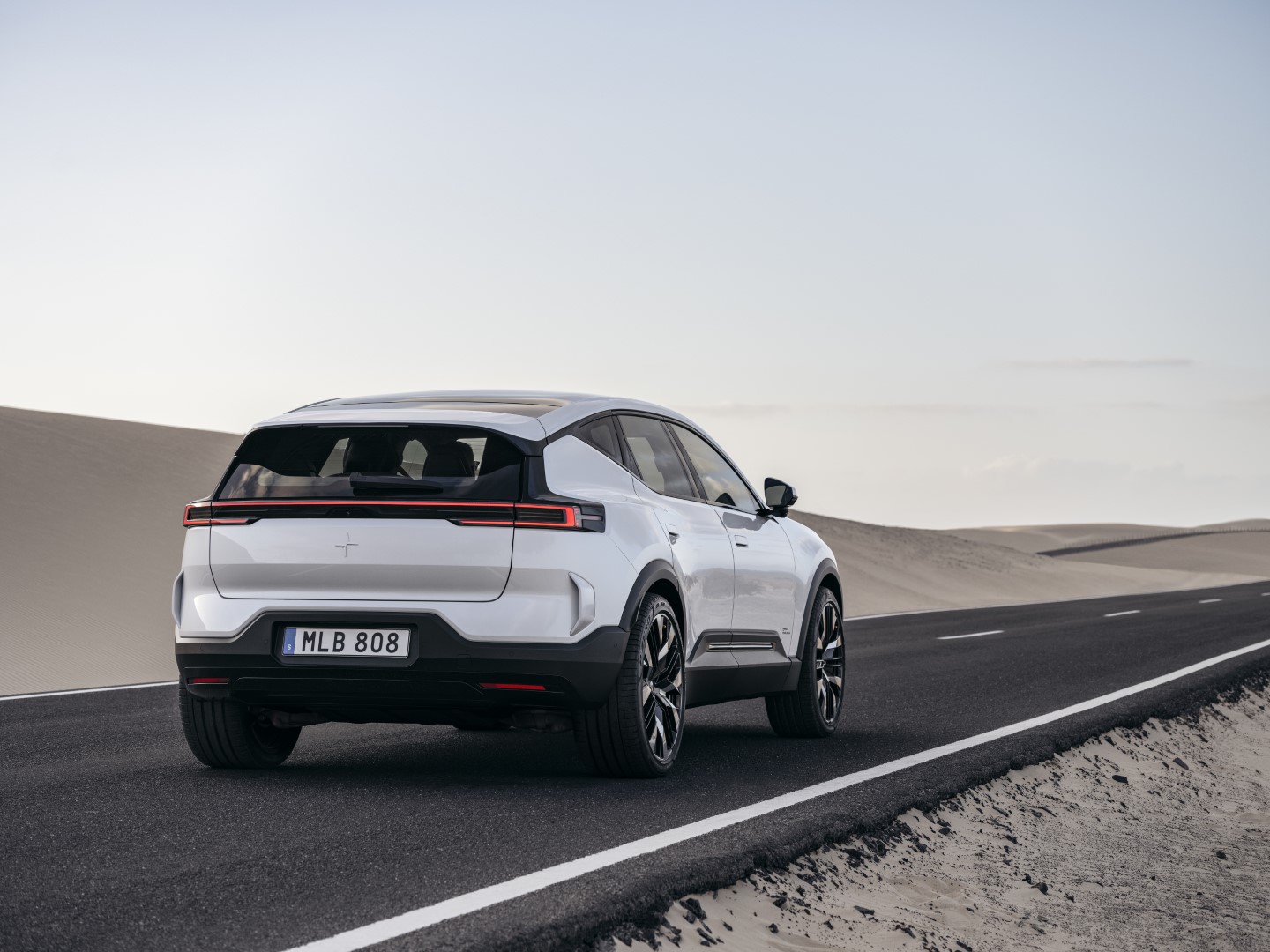
As standard, Polestar 3 features a total of five radar modules, five external cameras and twelve external ultrasonic sensors to support numerous advanced safety features.
Powering the Polestar 3 is a dual-motor configuration which produces a total of 360 kW and 840 Nm of torque. With the optional Performance Pack, total output is 380 kW and 910 Nm.
Adjustable one-pedal drive is included, as well as an electric Torque Vectoring Dual Clutch function on the rear axle – an evolution of what was first developed for Polestar 1.
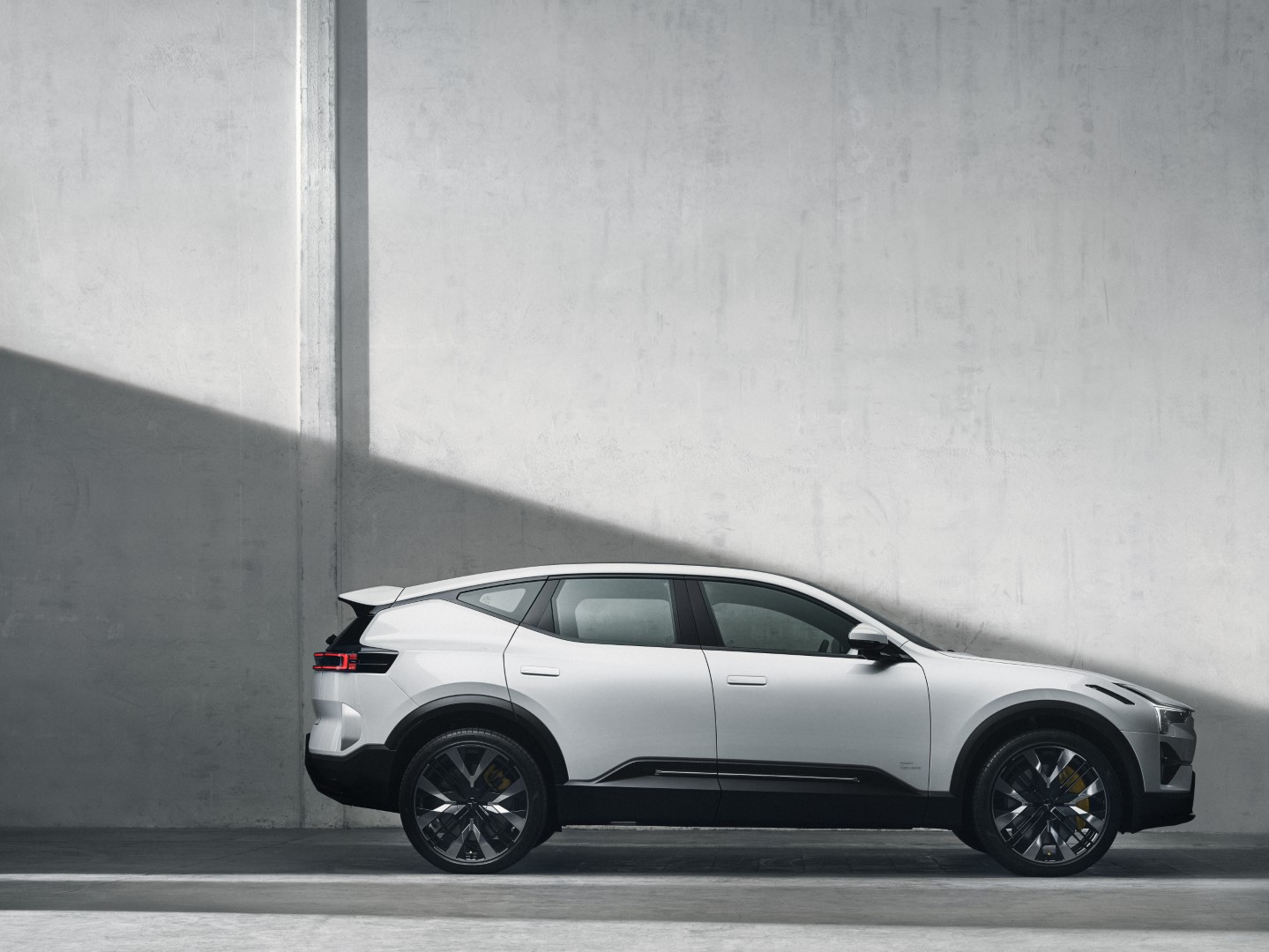
While a 111 kWh battery pack provides Polestar 3 with a driving range of up to 610 km, the lithium-ion battery features a prismatic cell design housed in a protective aluminium case with boron steel reinforcement and liquid cooling.
The SUV is also equipped for bidirectional charging, enabling future potential for vehicle-to-grid and plug-and-charge capabilities.
As with Polestar 2, the list of standard equipment in Polestar 3 is extensive, with few options for easy configuration and simplified production logistics. All versions include air suspension, a full-length panoramic glass roof, all-LED lighting inside and out, retractable door handles with proximity sensing, and 21-inch alloy wheels.
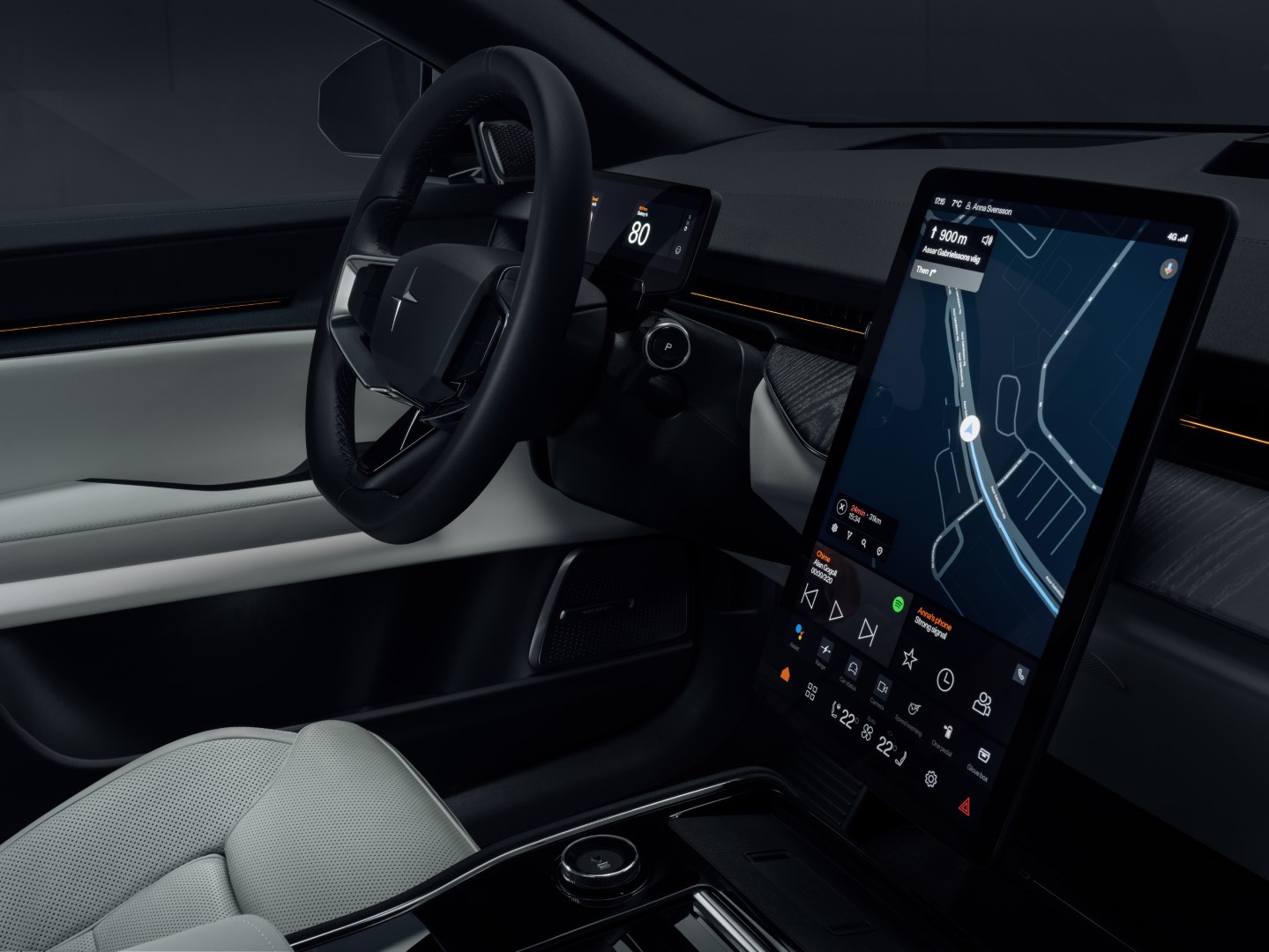
The Plus Pack and Pilot Pack are fitted as standard for the first model year and include a raft of premium, luxury and convenience features like a 25-speaker audio system from Bowers & Wilkins with 3D surround sound and Dolby Atmos capability, soft-closing doors, a head-up display and Pilot Assist.
Polestar 3 is the first car out on a new all-electric technology base developed by and shared with Volvo Cars. Production for initial launch markets is planned to begin in Volvo Cars’ facility in Chengdu, China, in an incremental ramp-up phase from mid-2023, with first deliveries expected in the fourth quarter of 2023.


